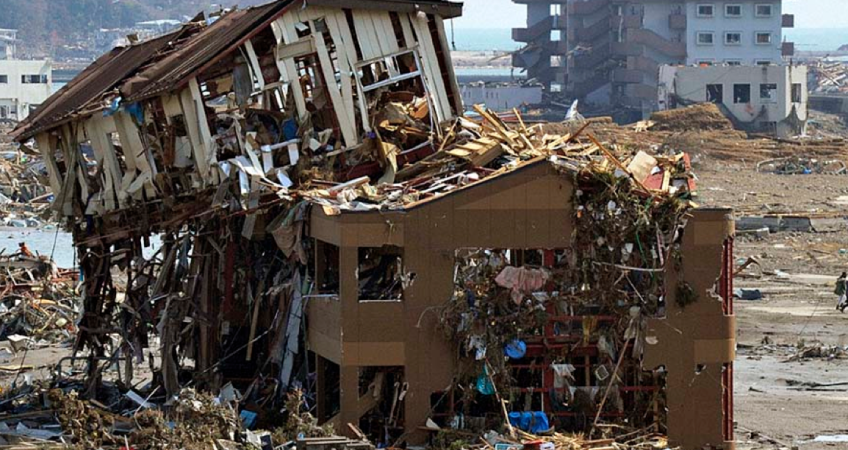I’ve had a lot of non-engineer co-workers in the construction field as well as laypeople ask me about the Haiti earthquake and whether we could learn a lot about construction from studying the collapses and structural failures there.
First, a quick overview of the geophysical aspects of the earthquake: here’s an informative link USGS Haiti EQ Jan. 12, 2010. It was shallow (at 8.1 miles) and in close proximity (15 miles) to the city of Port-au-Prince. This led to a lot of energy being released to the city’s structures. The deeper the earthquake is (the longer the distance the energy has to travel through the earth’s crust) the less energy reaches the surface. So the Haiti EQ released a significant amount of energy on the city of Port-au-Prince.
As far as the magnitude (M7.0) goes this EQ was not a huge one. The combination of the shallow nature, proximity to the city, poor construction and poor building codes was deadly. As far as the question about us being able to learn from the collapsed and damaged structures there, the answer is unfortunately that there is not a whole lot for us to learn there. We have learned most of those lessons in the past in our country. Surveying the structural damage in Haiti would be akin to time-traveling back and viewing the under- and un-reinforced structures that we have learned not to build anymore. In other words, the building technology, for various reasons (economic, bureaucratic, etc), was not state-of-the-art. In the past, we have built under- and un-reinforced structures in our country and have already learned most of those lessons.

